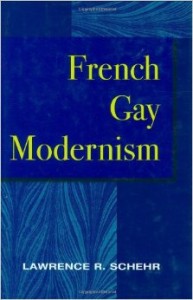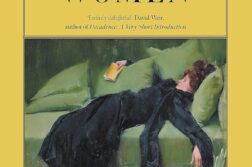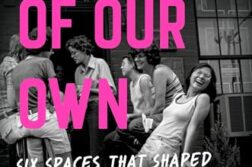 French Gay Modernism
French Gay Modernism
by Lawrence R. Schehr
University of Illinois. 201 pages, $38.
FRENCH MODERNISM has always been rather “gay.” It began with André Gide’s L’Immoraliste, continued with Marcel Proust’s A la recherche du temps perdu, encompassed Jean Cocteau’s Les Enfants terrible and Le Livre blanc and all of Jean Genet’s novels, not to mention countless other 20th-century writers of lesser renown. The fact that homosexual themes figured so prominently in the works of the greatest French writers had the dual effect of bringing these themes to the forefront of literary criticism and infusing the emergent queer culture with a peculiarly literary quality. In this remarkable little book, Lawrence R. Schehr, a professor of French at the University of Illinois, analyzes these effects through the writings of Gide, Proust, Cocteau, Willy, and others.






